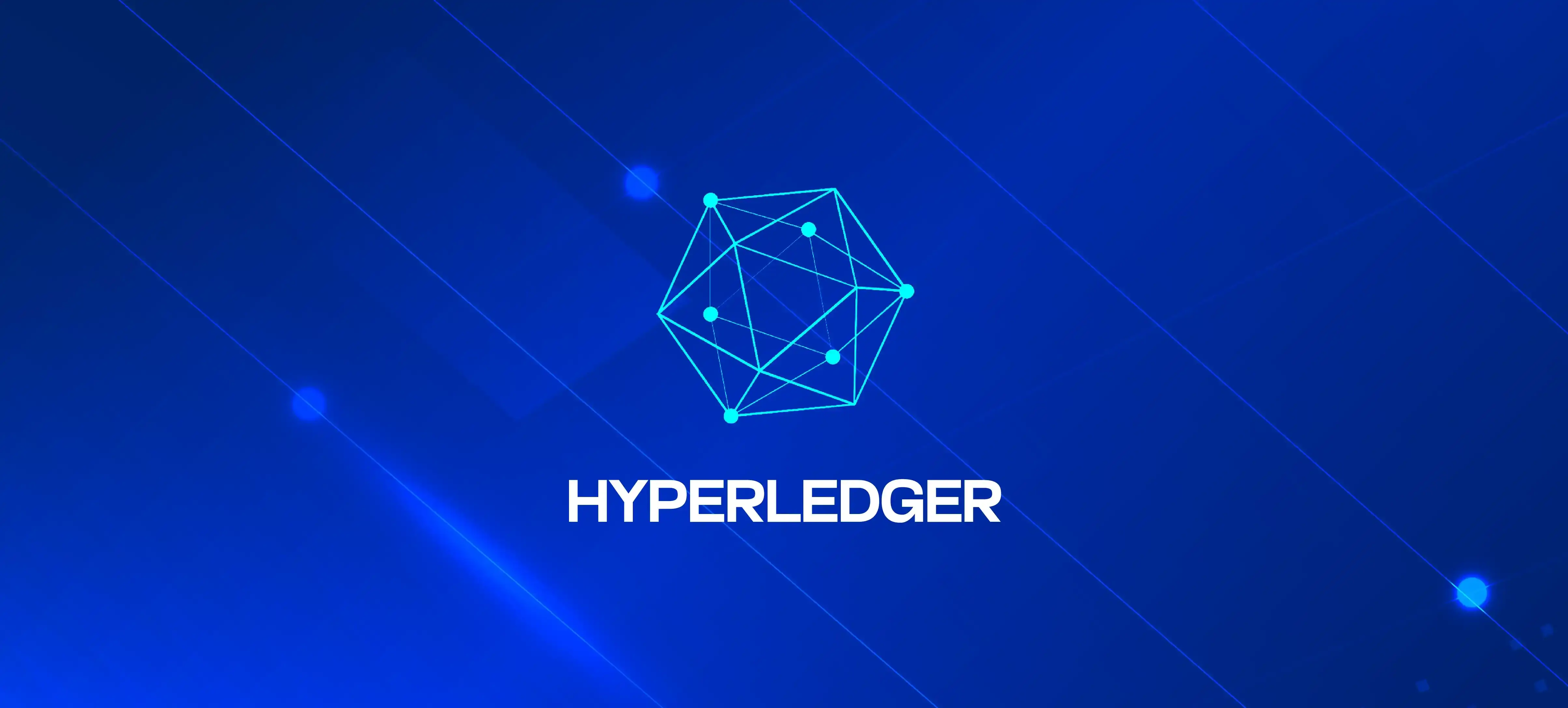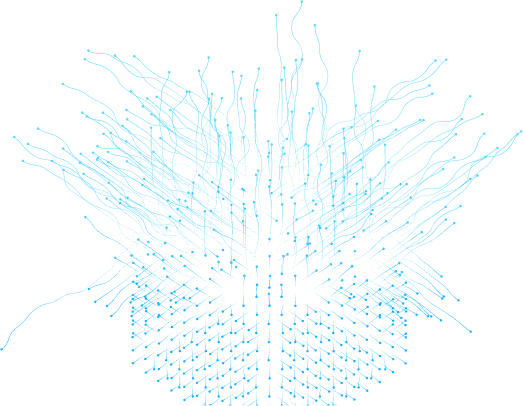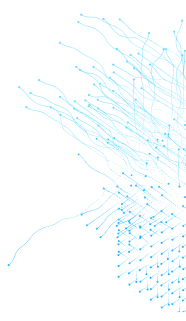
NFT Marketplace Development - How to Create Your Own in 2023?
Table of Contents
Non-fungible token (NFT) - A buzzword including digital artwork, music, games, trading cards, and animal pictures has become a trending topic throughout the past couple of years. By late 2022, NFTs have grabbed headlines and pushed the market constantly with state-of-the-art projects.
Rarible, Mintable, OpenSea, and Binance, are some of the famous NFT marketplaces.
If you also have an idea and look forward to developing your own NFT project in 2023, we’ve got you covered with a brief guide.
5 Steps to Create Your Own NFT Marketplace
Developing an NFT marketplace involves five major steps.
1. Choosing the right blockchain architecture
Based on your project requirements and plans, you can choose one of the existing blockchain technologies that are widely used in NFT marketplace development platforms. Ethereum, Solana, Cardano, and Polygon are some top blockchains used to build NFT platforms.
2. Decide pricing model
Decide whether you want an open or closed market. A closed NFT marketplace makes use of a specific proprietary token whereas an open market supports several tokens.
3. Define your marketplace’s look and feel
This step takes into consideration both frontend and backend development requirements to describe the look and feel as well as the functionality of your platform.
4. Decide revenue model
Another important step is to establish a monetization model for your marketplace. Decide what you will charge your users so that a healthy and trustworthy community could be built.
5. Build community
The last step is to plan how you will build your community. Once your marketplace is ready to launch, you now need to decide how to build an audience of buyers and sellers.
Must-have Features for the NFT Platform
While developing an NFT platform, there are some definite features to embed. Some of these features are the market’s best practices whereas some refer to the core functionalities.
Here’s a brief list of must-have features to implement in your NFT marketplace.
-
Easy and quick login system for sellers and buyers
-
Integration of blockchain and creating NFT assets
-
Define token standards and metadata storage
-
Auction boards allow users to create a list of items and show them on the website
-
NFT Wallet integration to make it easy for users to make payments quickly and easily without leaving the site
-
Payment services integration to complete transactions in a secure manner
-
Catalog management to allow sellers to manage inventory and upload products
-
Advanced search filters for users to search unique NFT collection
-
Royalties for creators
-
Advanced analytics to monitor marketplace dynamics
Scale Up Your NFT Marketplace
After building an NFT platform, the next step is to release it to the target market. Here, you need to build an audience and grow a community that will use your product. For this, scale up your NFT marketplace apps not only in the context of features but also to maximize users on your platform.
Tech Stack To Create an NFT Platform
The choice of the tech stack defines the success or failure of your NFT marketplace. Let’s have a look at the frontend and backend frameworks as well as other architectural needs for the NFT marketplace development.
Frontend Development
For front-end development, below are some programming frameworks that can be used.
React js: It is a JavaScript library to build user interface (UI) design and support declarative programming as well as reusable components for UI design and single page applications (SPA).
Bootstrap: Bootstrap is an open-source framework for frontend development that can be used to develop mobile-first and responsive web projects.
Next.js: It is a server-side rendering framework to use React in app development.
Backend Development
For backend development, there are three most considerate programming frameworks.
Python: Python is an object-oriented programming language with enhanced libraries and programming paradigms that offer scalable app development capabilities.
PHP: It is an open-source programming language to make websites more interactive and robust as well as allows seamless communication with APIs and databases.
Django: Django is a full-stack web framework for Python. It provides support for templating and object-relational mapping (ORM), which ultimately makes it easy for developers to build robust applications.
Choice of Blockchain
To develop an NFT marketplace, you must choose from some practical blockchains. For instance, below are three options for blockchains.
Solidity: It is a programming language used in the Ethereum blockchain network by developers to write smart contracts.
Rust: It is a faster programming language than Solidity due to its enhanced and secure memory management features.
Vyper: Vyper is an experimental Ethereum virtual machine 2.0 (EVM2). It has a similar programming syntax as Python and is designed to write smart contracts in blockchain development projects.
Data Management
For data management in blockchain networks, there are three database management systems and languages to support NFT marketplace development. MongoDB, GraphQL, and PostgreSQL are among the top of them.
APIs & Third-party Services
After finalizing your NFT platform features and architectural requirements, look for the most suitable and befitting APIs and third-party services to increase functionality. Most of these integrations are associated with data storage capabilities that are important for the NFT industry. Secure and optimized integration services play an important role in the project’s success. Therefore, your priority is hiring NFT developers with the right technical expertise.
7 Steps of Creating NFT Marketplace with InvoBlox
Learn how the InvoBlox team helps you create an NFT marketplace. Our 7-step formula defines your project plan, architecture, functionality, and integration requirements to build a successful product.
1. Market Research and Analysis
We conduct detailed market research for your project. Our NFT consultants help you identify the scope and possibilities to make your product a success.
2. Align a Development Team
Once your project blueprint is completed, we allot a team of experts for your project. Blockchain developers, UI/UX designers, and QA engineers are assigned to your project.
3. Technical Analysis
In this step, the tech stack is defined for your project. Based on your project architecture, frontend and backend development technologies are declared. Along with this, useful APIs and storage systems are also documented in this step.
4. UI/UX Design
The look and feel of your project are created according to your product’s features and services.
5. Development and Testing
The next one comes in the development and testing phase in which the NFT marketplace is developed, all features are implemented and each unit is tested against all possible security and performance metrics.
6. Deploy
Your product is deployed and launched. After this phase, you are all set to build your communities and grow your audience.
7. Support & Maintenance
InvoBlox team provides support and post-development maintenance to your project.
Build Enterprise-grade NFT Marketplace Development Solutions
If you have an idea to develop an NFT platform for your business, it is time to jump into the market. Technologies are evolving with each passing day and the need, therefore, is to connect with blockchain experts to launch your product most sustainably.
The InvoBlox team has over 10 years of experience in the blockchain industry with broad powers in NFT projects. We have completed several NFT projects built on different blockchains such as Cardano, Ethereum, and Solana. So how can we help you with your idea?
Stay Updated with InvoBlox services on Discord, LinkedIn & Twitter.
Table of Contents
Non-fungible token (NFT) - A buzzword including digital artwork, music, games, trading cards, and animal pictures has become a trending topic throughout the past couple of years. By late 2022, NFTs have grabbed headlines and pushed the market constantly with state-of-the-art projects.
Rarible, Mintable, OpenSea, and Binance, are some of the famous NFT marketplaces.
If you also have an idea and look forward to developing your own NFT project in 2023, we’ve got you covered with a brief guide.
5 Steps to Create Your Own NFT Marketplace
Developing an NFT marketplace involves five major steps.
1. Choosing the right blockchain architecture
Based on your project requirements and plans, you can choose one of the existing blockchain technologies that are widely used in NFT marketplace development platforms. Ethereum, Solana, Cardano, and Polygon are some top blockchains used to build NFT platforms.
2. Decide pricing model
Decide whether you want an open or closed market. A closed NFT marketplace makes use of a specific proprietary token whereas an open market supports several tokens.
3. Define your marketplace’s look and feel
This step takes into consideration both frontend and backend development requirements to describe the look and feel as well as the functionality of your platform.
4. Decide revenue model
Another important step is to establish a monetization model for your marketplace. Decide what you will charge your users so that a healthy and trustworthy community could be built.
5. Build community
The last step is to plan how you will build your community. Once your marketplace is ready to launch, you now need to decide how to build an audience of buyers and sellers.
Must-have Features for the NFT Platform
While developing an NFT platform, there are some definite features to embed. Some of these features are the market’s best practices whereas some refer to the core functionalities.
Here’s a brief list of must-have features to implement in your NFT marketplace.
-
Easy and quick login system for sellers and buyers
-
Integration of blockchain and creating NFT assets
-
Define token standards and metadata storage
-
Auction boards allow users to create a list of items and show them on the website
-
NFT Wallet integration to make it easy for users to make payments quickly and easily without leaving the site
-
Payment services integration to complete transactions in a secure manner
-
Catalog management to allow sellers to manage inventory and upload products
-
Advanced search filters for users to search unique NFT collection
-
Royalties for creators
-
Advanced analytics to monitor marketplace dynamics
Scale Up Your NFT Marketplace
After building an NFT platform, the next step is to release it to the target market. Here, you need to build an audience and grow a community that will use your product. For this, scale up your NFT marketplace apps not only in the context of features but also to maximize users on your platform.
Tech Stack To Create an NFT Platform
The choice of the tech stack defines the success or failure of your NFT marketplace. Let’s have a look at the frontend and backend frameworks as well as other architectural needs for the NFT marketplace development.
Frontend Development
For front-end development, below are some programming frameworks that can be used.
React js: It is a JavaScript library to build user interface (UI) design and support declarative programming as well as reusable components for UI design and single page applications (SPA).
Bootstrap: Bootstrap is an open-source framework for frontend development that can be used to develop mobile-first and responsive web projects.
Next.js: It is a server-side rendering framework to use React in app development.
Backend Development
For backend development, there are three most considerate programming frameworks.
Python: Python is an object-oriented programming language with enhanced libraries and programming paradigms that offer scalable app development capabilities.
PHP: It is an open-source programming language to make websites more interactive and robust as well as allows seamless communication with APIs and databases.
Django: Django is a full-stack web framework for Python. It provides support for templating and object-relational mapping (ORM), which ultimately makes it easy for developers to build robust applications.
Choice of Blockchain
To develop an NFT marketplace, you must choose from some practical blockchains. For instance, below are three options for blockchains.
Solidity: It is a programming language used in the Ethereum blockchain network by developers to write smart contracts.
Rust: It is a faster programming language than Solidity due to its enhanced and secure memory management features.
Vyper: Vyper is an experimental Ethereum virtual machine 2.0 (EVM2). It has a similar programming syntax as Python and is designed to write smart contracts in blockchain development projects.
Data Management
For data management in blockchain networks, there are three database management systems and languages to support NFT marketplace development. MongoDB, GraphQL, and PostgreSQL are among the top of them.
APIs & Third-party Services
After finalizing your NFT platform features and architectural requirements, look for the most suitable and befitting APIs and third-party services to increase functionality. Most of these integrations are associated with data storage capabilities that are important for the NFT industry. Secure and optimized integration services play an important role in the project’s success. Therefore, your priority is hiring NFT developers with the right technical expertise.
7 Steps of Creating NFT Marketplace with InvoBlox
Learn how the InvoBlox team helps you create an NFT marketplace. Our 7-step formula defines your project plan, architecture, functionality, and integration requirements to build a successful product.
1. Market Research and Analysis
We conduct detailed market research for your project. Our NFT consultants help you identify the scope and possibilities to make your product a success.
2. Align a Development Team
Once your project blueprint is completed, we allot a team of experts for your project. Blockchain developers, UI/UX designers, and QA engineers are assigned to your project.
3. Technical Analysis
In this step, the tech stack is defined for your project. Based on your project architecture, frontend and backend development technologies are declared. Along with this, useful APIs and storage systems are also documented in this step.
4. UI/UX Design
The look and feel of your project are created according to your product’s features and services.
5. Development and Testing
The next one comes in the development and testing phase in which the NFT marketplace is developed, all features are implemented and each unit is tested against all possible security and performance metrics.
6. Deploy
Your product is deployed and launched. After this phase, you are all set to build your communities and grow your audience.
7. Support & Maintenance
InvoBlox team provides support and post-development maintenance to your project.
Build Enterprise-grade NFT Marketplace Development Solutions
If you have an idea to develop an NFT platform for your business, it is time to jump into the market. Technologies are evolving with each passing day and the need, therefore, is to connect with blockchain experts to launch your product most sustainably.
The InvoBlox team has over 10 years of experience in the blockchain industry with broad powers in NFT projects. We have completed several NFT projects built on different blockchains such as Cardano, Ethereum, and Solana. So how can we help you with your idea?
Stay Updated with InvoBlox services on Discord, LinkedIn & Twitter.





